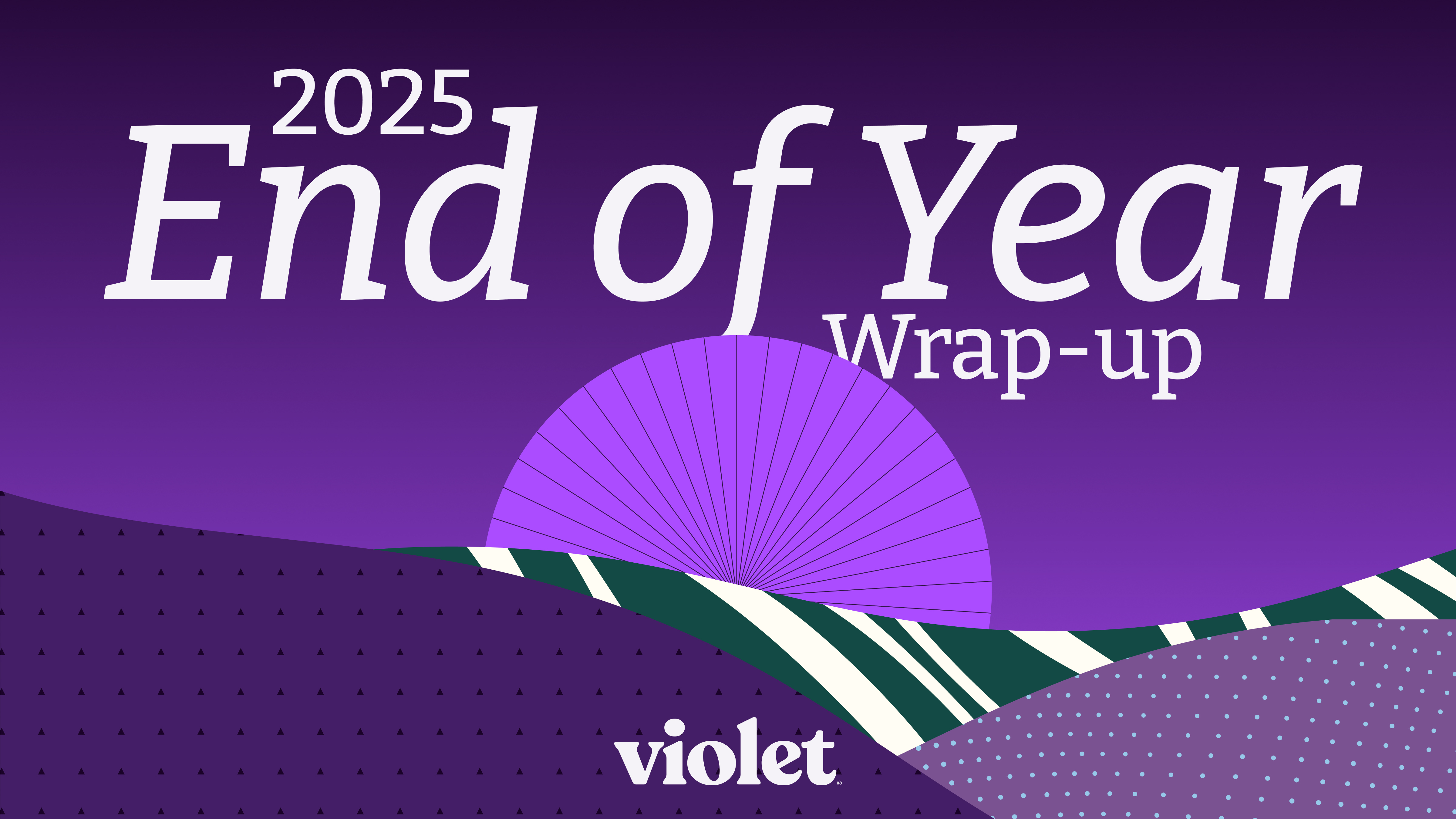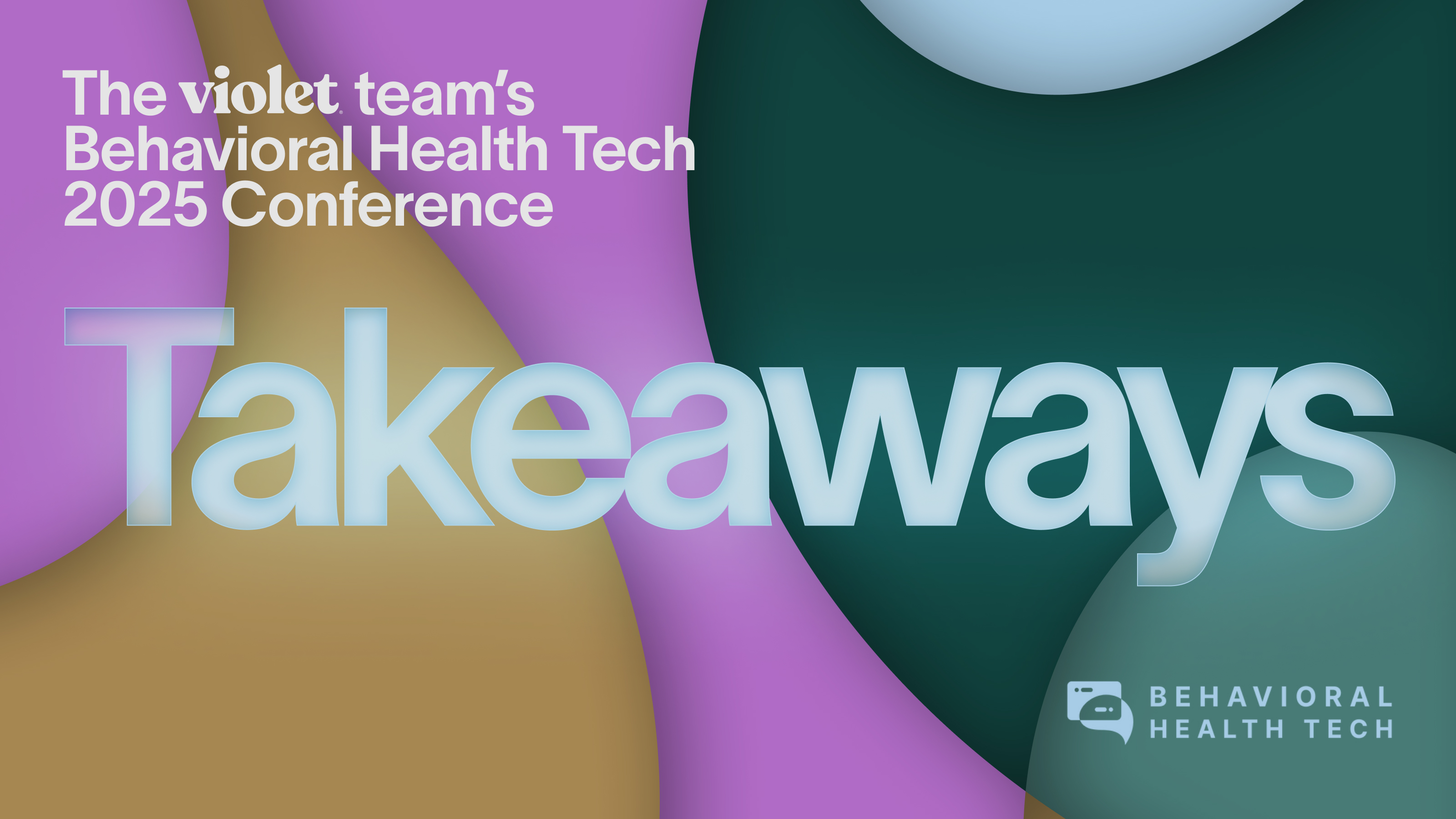Health care needs to keep up with an increasingly diverse population. In response, hospitals, clinics, and other organizations are implementing learning and development to improve inclusive care delivery for diverse patients.
The health care industry is investing in cultural competence more than ever. Throughout the country, organizations are choosing to incorporate DEIB training into their L&D efforts.
To ensure that trainings are implemented in a way that promotes lasting change and inclusive care delivery, here are five tips for DEIB L&D within your health care organization:
- Ensure leadership is the most vocal champion. To get team-wide engagement with DEIB training, position leadership as the number one champion of these efforts. Make sure they take a public stance, create strategy, and set team goals to measure progress.
- Build a culture of learning. To create a culture of curiosity and learning, DEIB L&D should be viewed as a journey rather than a destination. To keep staff engaged in the learning process, ask them about their career goals. Can they create a learning pathway that suits their aspirations? Inspiring your team to embrace DEIB as a key part of professional development elevates it beyond required box-checking training.
- Keep education flexible. Since hospital staff already have huge caseloads, it’s hard to find the time to accommodate additional hours of training. To help alleviate the scheduling burden, enable microlearning, which allows clinicians to learn through small, easily digestible bits of information. Microlearning also offers a variety of content formats, like text, images, audio, and video, which suit different learning styles.
- Offer support systems. To help staff avoid burnout, make sure that there are dedicated councilors available for stress management, tracking personal goals, and other forms of support. Throughout the learning process, it can be helpful to have a space where peers can discuss the curriculum. It can be especially helpful to hear insights from another department’s point of view.
- Seek an expert to help organize. Rolling out hospital-wide training is a huge lift, so it’s worthwhile to consider having a third party handle facilitation. Outside experts can identify mistakes, biases, as well as help uncover team members who already have relevant experience, whether it’s clinical or cultural.
If you’d like to build a case for your hospital’s budget holders to invest in DEIB L&D, check out Violet’s Steps to Invest in Health Equity Toolkit. You’ll get a detailed overview of the benefits of health equity and how it can apply to your organization.
About Violet.
Violet is the first health equity platform providing solutions to leading health care organizations–from Northwell to NOCD. Our full suite of health equity tools: cultural competence education, inclusive care matching, and more, can be seamlessly plugged into workflows to drive better health outcomes.
Thanks to Violet, Brightline improved its ability to serve diverse patients by 300% when using Violet education and care matching. 66% of patients were satisfied with the inclusive care they received.

.svg)





.png)



.png)

.svg)



.svg)

